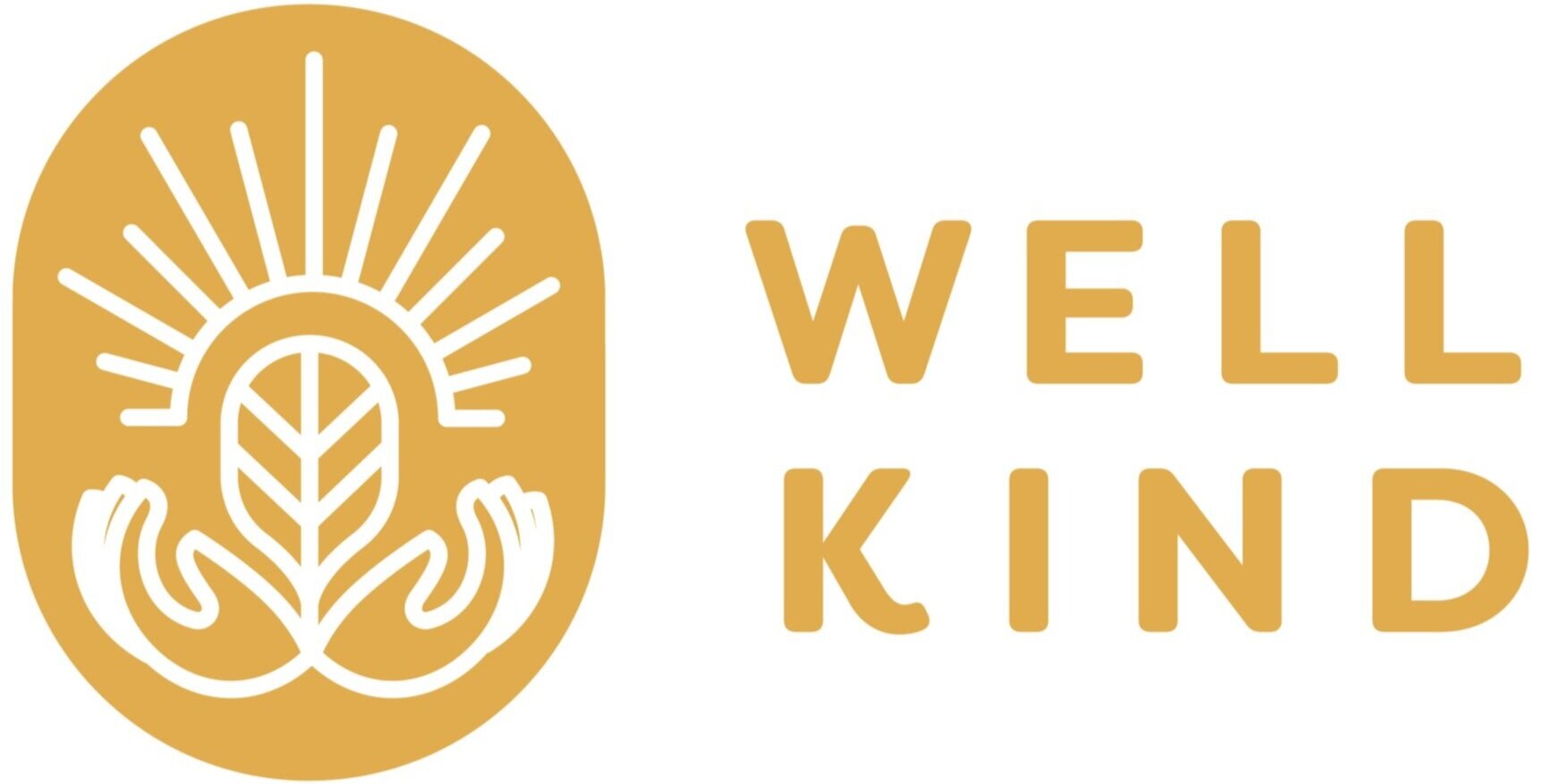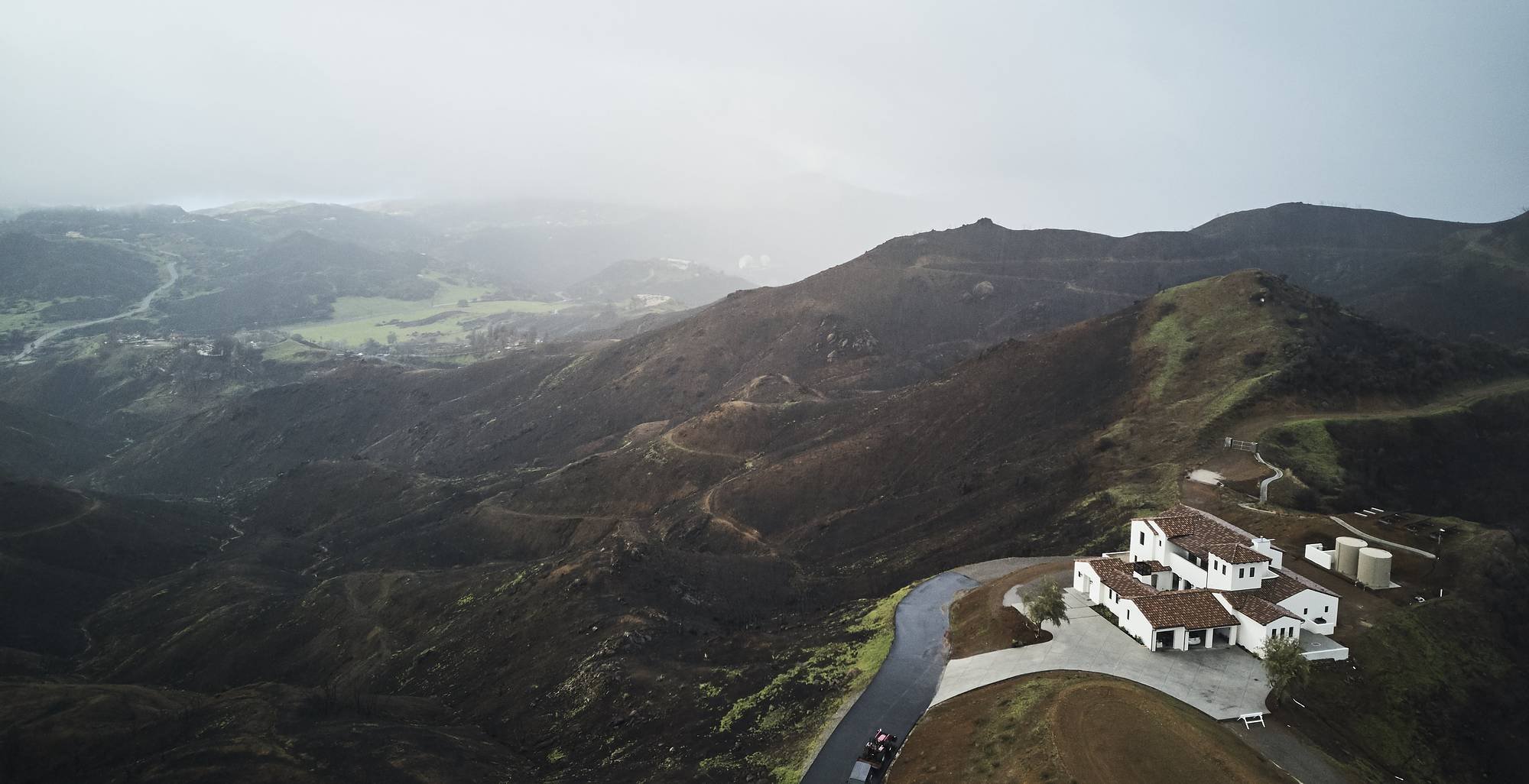Stop Fueling the Flames–Harden Your Home
By Sylvie May, WellKind Forestry Intern
Sylvie May was an intern for WellKind Forestry during our summer 2022 session, exploring wildfires and other environmental topics.
A fire-proofed home that survived the 2018 Woolsey Fire in Malibu, California. Source: Wall Street Journal.
It's fair to say that many people’s worst nightmare is their house burning down. Seeing rubble replace what used to be your home is horrifying. To many, however, it is more than a nightmare. With an ever-warming climate, wildfires are becoming more and more frequent.
In 2020 alone, wildfires burned 17,700 structures in California, and 22,867 structures in 2018 (Barrett, 2022). The reality of your home burning down is closer than you might think.
Luckily, there are many ways you can reduce the risk of severe damage to your home from a wildfire. Not only will protecting your home help to save it, but fire-safe communities save lives, create economic stability, and make the recovery from wildfires much milder.
Fuel, heat, and oxygen are the key ingredients to ignite a blaze. Homeowners have control over only one: fuel. Embers are a fire’s fuel—a more lethal one than vegetation, in fact (Calkin, Cohen, Finney, & Thompson, 2013). With an out-of-control wildfire nearing a home, it is impossible to keep all embers off of your house. However, with the correct fuel reduction procedures you can reduce the risk of serious harm.
There are various ways to protect your home from wildfires. One of the more popular harm reduction methods is home-hardening. This includes installing fire- resistant roofing materials, vents, and other exterior features of the home (Chiment, 2020).
By far, the most important feature of a house to build out of fire-resistant materials is the roof. The roof is where the most embers collect and the place that has the greatest risk of catching fire, especially if it is made out of the wrong materials.
For homes in wildland urban interface zones (an area in transition between wilderness and development where infrastructure is at greater risk of burning in a wildfire), Class A roofing material is required, although many older homes do not reach this requirement. Metal roofs and asphalt shingles are examples of Class A roofing and are the most fire-resistant. Although replacing a roof is one of the best ways to protect your home against a fire, it is not the most cost effective and can be quite expensive. On average roof replacement costs around $7,000 dollars but can be more or less depending on the size of your home.
Another effective way to protect your home is defensive landscaping or fire-scaping. The landscape around your home has a huge impact on the ability of your home to be caught in a wildfire. Resilient landscapes around your house are a very important factor in trying to protect your house. A specially designed defensible space can impede raging fires from reaching your house (Calkin, Cohen, Finney, & Thompson, 2013).
It is important that the natural or landscaped area around your home is modified or maintained to be more fire-resistant. A common misconception with defensible landscaping is that you must sacrifice the aesthetics of your landscape by stripping it of all trees and plants; however, plants provide support to the land and alleviate the chance of erosion. It is important to focus on excess or dead plants that can fuel the incoming fire. Covering the bare spaces of your yard with rock, heavy ground mulch, or flower beds can work as effective firebreaks. Regularly cleaning out your gutters and sweeping off your roof is also effective in reducing the amount of embers. There are many simple and effective ways to incorporate defensible landscaping into your home simply by planting fire-smart plants, choosing the right mulch, adding gravel around your home and avoiding planting within 5 feet of a structure. This technique is much more convenient and is nowhere near as costly as using fire-resistant building materials (Fire Safe Marin, 2021).
As the risk of wildfires increases, it is important to plan accordingly to not only save your house, but help slow the fire as well. If you live in an area prone to wildfires, take action before your house is in flames.
References
Apostol, K. G., McAvoy, D., Sparks, A., Kuhns, M., Jones, C., & Zamora, D. (2018). Protect Your Home from Wildfire: Ember Awareness Checklist.
Barrett, K., PhD. (2022, April 26). Wildfires destroy thousands of structures each year. Headwaters Economics. https://headwaterseconomics.org/natural-hazards/structures-destroyed-by-wildfire/
Calkin, D. E., Cohen, J. D., Finney, M. A., & Thompson, M. P. (2013). How risk management can prevent future wildfire disasters in the wildland-urban interface. Proceedings of the National Academy of Sciences, 111(2), 746–751. https://doi.org/10.1073/pnas.1315088111
Chiment, R. F. (2020). Economically Viable Methods for Wildfire Protection for Residential Homes in Santa Barbara County.
Fire Safe Marin. (2021, November 12). Firescaping - Fire Safe Marin. Fire Safe Marin - Adapt to Wildfire. https://firesafemarin.org/create-a-fire-smart-yard/firescaping/
Kent, D. (2019). Firescaping: Protecting Your Home with a Fire-Resistant Landscape. Wilderness Press.


